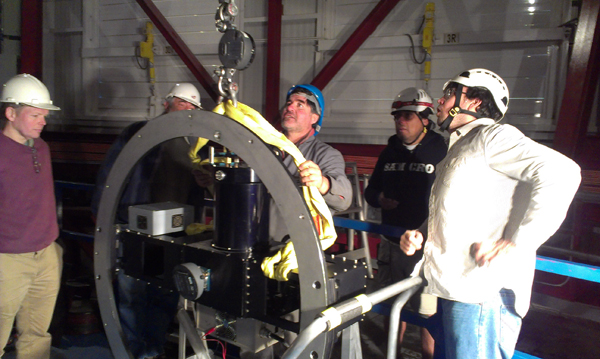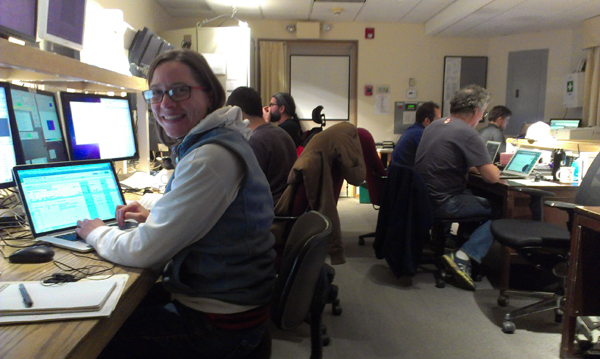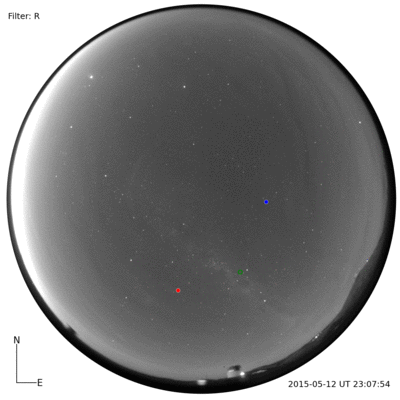Mal Reynolds about sums it up:
Here we go.
So to kick things off, we got a good shake from a nearby 5.1 magnitude earthquake. For perspective, it was big enough that it woke me up rattling things in my room, but it didn’t wake Katie up right next door. That would probably take at least a 6.
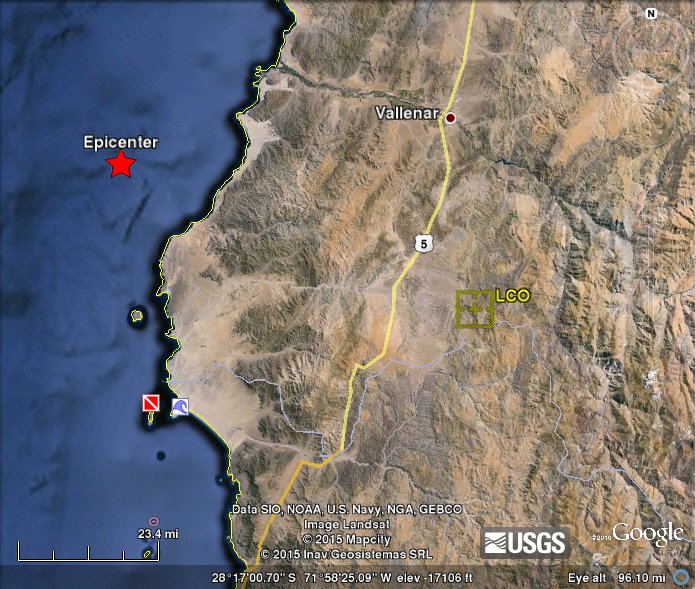
Earthquakes make us nervous, because our delicate thin shell is at the top of a large tuning fork telescope, which means even a gentle shake like this one could give it a good rattle.
That’s important context for when the ASM electronics decided to be slow to wake up at sunset. Now, of course, our first thoughts were “the Earthquake!”.
Once we let the secondary think about it for a bit while we talked things over with Enrico “How Many Watts RMS?” Pinna and Guido Brusa (thanks for the help guys!), it eventually came up and behaved itself for the rest of the night. I think it’s because we told it that we would sick Anna on it again . . .
But of course, the clouds rolled in. So we spent lots of the night ducking in and out of “sucker holes”, which is highly technical astronomer speak for when you fool yourself into trying because “this one might last for a while.”
We did get a break from the clouds, though, when the network went down. As recently as two nights ago I declared “I think I’ve found all the places we use the domain name servers.” Umm, I was wrong.
Dr. Kate Follette, one member of the greatest class of PhD students Steward Observatory has ever had, arrived today and started her GAPplanetS observing program. [Notes: Kushal and Kyle, you guys need to get it together, it’s 2015, you could at least join Myspace. Also, this is not a MagAO endorsement of any of the advertisements on Kate’s website. You’ve been warned.]
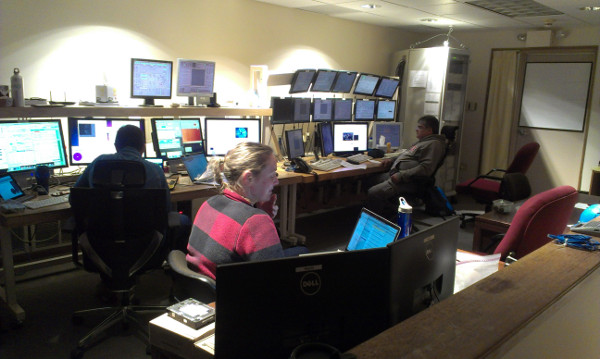
We finally went more than 2 hours without troubleshooting something later in the night, and took a really nice deep astrometric calibration on Baade’s Window:
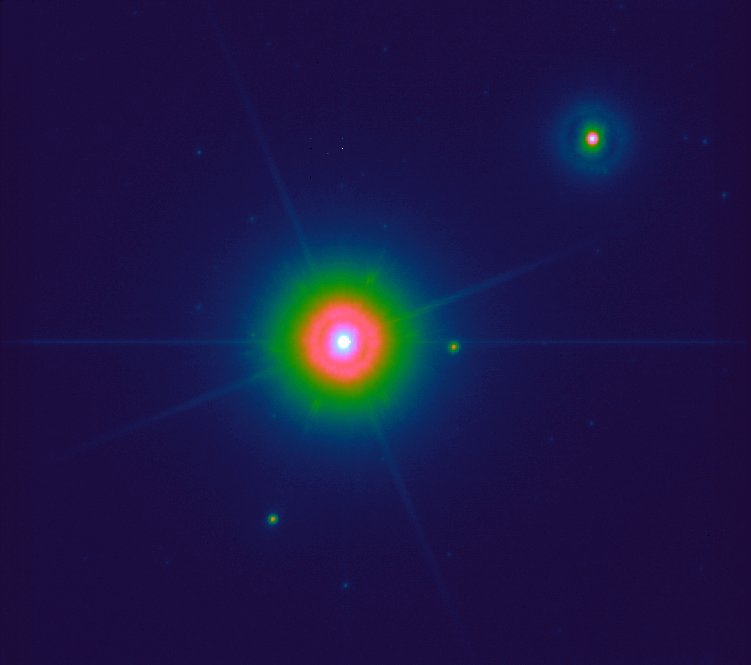
We’ve seen our friends at the cleanroom quite a bit. They seem happy.

I like seeing scorpions and other critters right outside a door, because that’s clear evidence that they could never ever ever get inside, where we keep our shoes, and where our beds are.

Sunsets like this never really get old, no matter how much work they mean for us poor AO operators.
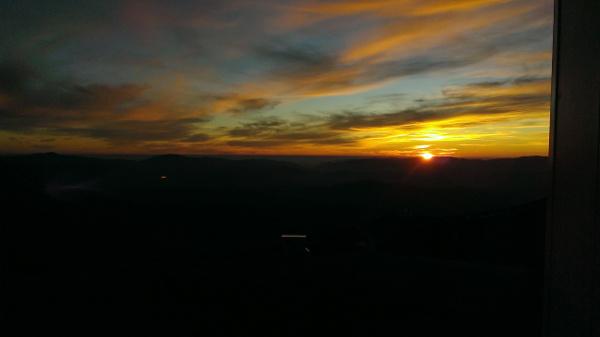
“we have been threatened by the zombies…” — Roberto Biasi (referring to software zombies)
“I think I’m going to cry.” — Kate Follette (it was scorpion related)
“yikes that is close!” — Laird’s reaction to news of the earthquake.
To be honest, this run is starting to feel like an epic battle and at this point I don’t think we’d be surprised if real zombies showed up. I’m sure we’d find a way to keep the loop closed.



